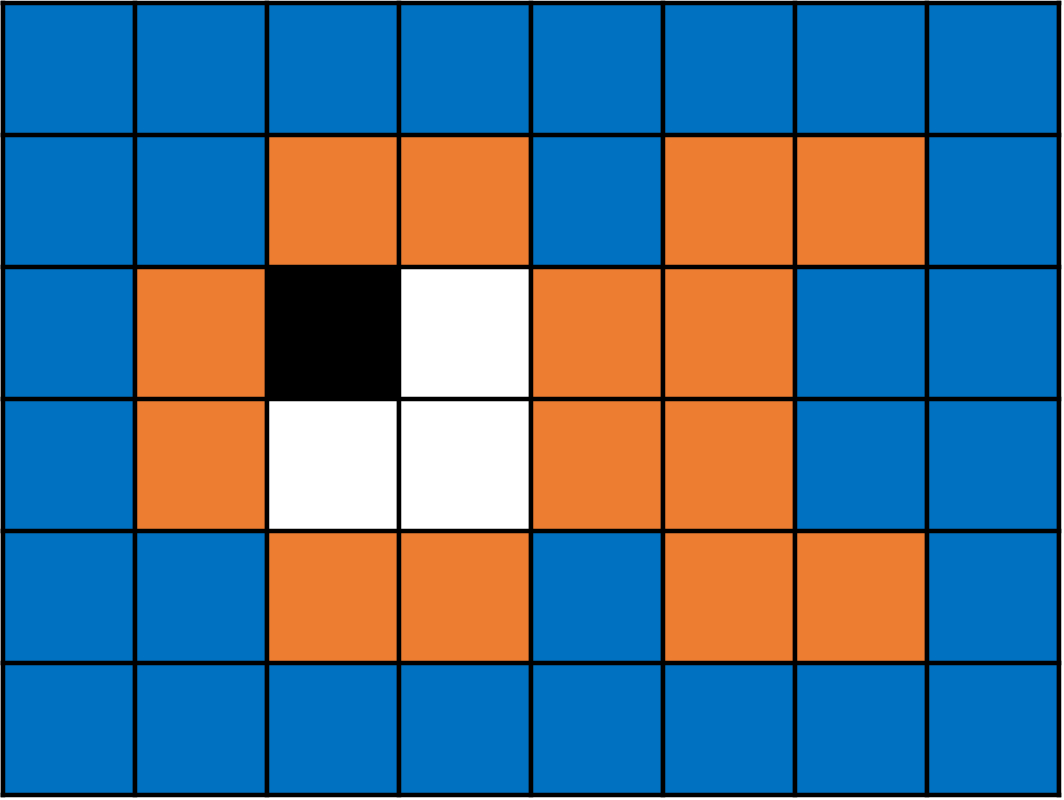Skip to main content Contents Prev Up Next \(\newcommand{\R}{\mathbb R}
\newcommand{\lt}{<}
\newcommand{\gt}{>}
\newcommand{\amp}{&}
\definecolor{fillinmathshade}{gray}{0.9}
\newcommand{\fillinmath}[1]{\mathchoice{\colorbox{fillinmathshade}{$\displaystyle \phantom{\,#1\,}$}}{\colorbox{fillinmathshade}{$\textstyle \phantom{\,#1\,}$}}{\colorbox{fillinmathshade}{$\scriptstyle \phantom{\,#1\,}$}}{\colorbox{fillinmathshade}{$\scriptscriptstyle\phantom{\,#1\,}$}}}
\)
Section 1.6 Structs
Checkpoint 1.6.1 . Structs vs Arrays.
What is a key difference between structs and arrays?
Arrays can hold elements of different data types, while structs can hold only elements of the same data type.
Incorrect.
Structs can dynamically resize during program execution, while arrays have a fixed size.
Incorrect.
Structs can hold elements of different data types, while arrays can hold only elements of the same data type.
Correct! This is a key difference between structs and arrays.
Structs and arrays are always interchangeable.
Incorrect.
Checkpoint 1.6.2 . Struct Terms and Descriptions.
Checkpoint 1.6.3 . Struct declaration.
Given the following program:
#include <stdio.h>
#include <string.h>
struct houseT {
//What belongs here?
char color[6];
};
int main(void) {
struct houseT blue_house;
int blue_age;
blue_age = 20;
blue_house.age = blue_age;
strcpy(blue_house.color, "blue");
printf("%s %d\n", blue_house.color, blue_house.age);
return 0;
}
What line is missing from the definition of struct houseT?
Checkpoint 1.6.4 . Structs: Code Tracing.
Hint . Draw a picture to show what
house1 and
house2 look like in memory. Structs are
lvalues .
Checkpoint 1.6.5 . Struct sizes.
Given a struct defined as follows:
struct houseT {
int number;
int age;
char color[6];
char street[20];
};
What is the minimum possible value for sizeof(struct houseT)?
Hint .
sizeof(int) is 4. sizeof(char) is 1.
Checkpoint 1.6.6 . Structs: Code Tracing (Q2).
What is the output of this program?
#include <stdio.h>
#include <string.h>
struct houseT {
int number;
int age;
char color[6];
char street[20];
};
void set_color(struct houseT house1, char *new_color) {
strncpy(house1.color, new_color, 6);
house1.color[5] = '\0';
}
int main(void) {
struct houseT blue_house;
strcpy(blue_house.color, "red");
set_color(blue_house, "blue");
printf("%s\n", blue_house.color);
return 0;
}
red
Correct! Since set_color does not receive a pointer to a houseT stuct, it will not modify the passed struct.
blue
Incorrect. Trace through the code carefully again.
Neither red nor blue
Incorrect.
Compiler error
Incorrect. This code does compile!
Runtime error
Incorrect. This code does run.
Hint . How is a struct argument passed to its parameter?
Checkpoint 1.6.7 . Structs, Active Code.
To the program below, add code to define a struct called personT that includes a field for name (a char array), age (an int), and height (a float).
Then complete the main function to declare a new personT struct variable, initializes all the fields of the variable, and prints out the name field of the variable.
Answer .
A sample solution is shown below:
#include <stdio.h>
#include <string.h>
struct personT {
char name[50];
int age;
float height;
};
int main(void){
struct personT charlie;
strcpy(charlie.name, "charlie");
charle.age = 12;
charlie.height = 4.5;
printf("%s\n", charlie.name);
return 0;
}

